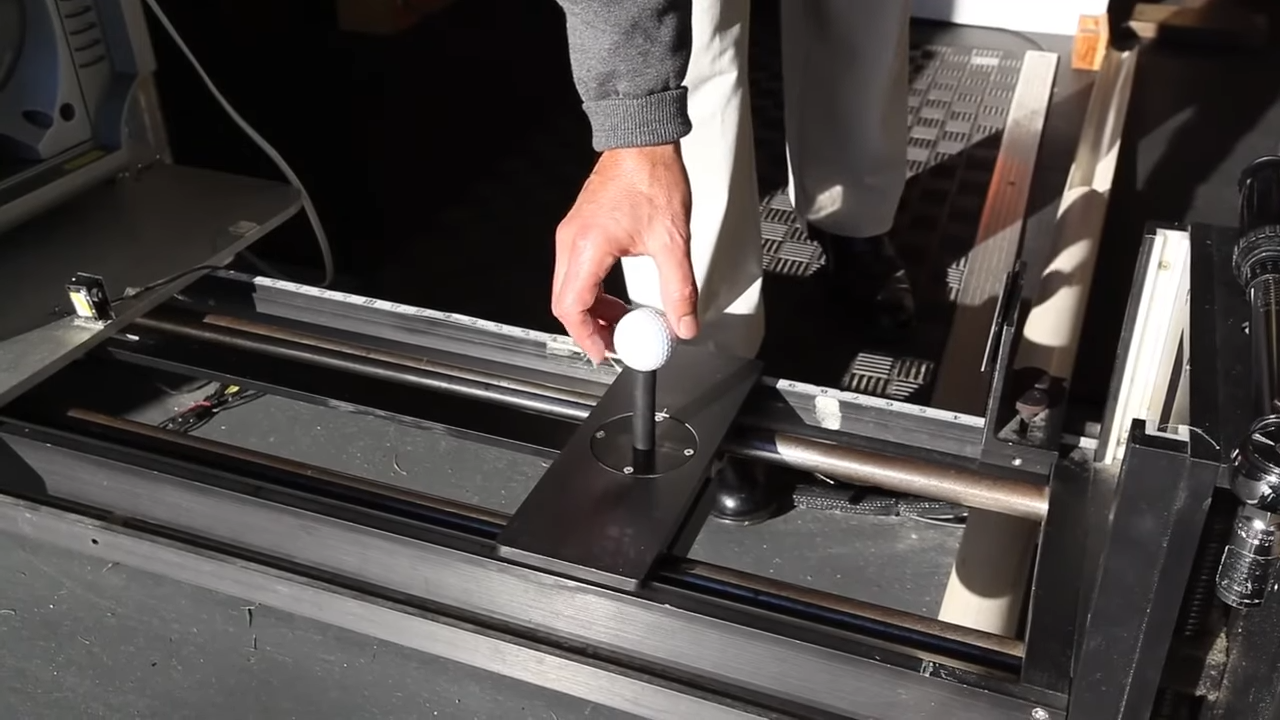Golf has been around since the 15th century, but it took quite a while for the ball to become the high-performance tool we see today. The earliest golf balls, known as “feathery” balls, were quite literally stuffed with feathers. Imagine trying to get consistent performance with a hand-sewn leather pouch filled with goose down. Not exactly what you’d call aerodynamic.
Over time, golfers realized the magic of dimples when they noticed that their worn-out, beat-up balls flew better than the new, smooth ones
What Do Dimples Actually Do?
Dimples are a stroke of genius when it comes to aerodynamics. Here’s why:
1. Reducing Drag

When a smooth object moves through the air, it creates a layer of turbulence that clings to the surface, causing drag. This drag acts like an invisible hand, slowing the object down.
Dimples disrupt this smooth flow, creating a thin layer of air turbulence around the ball. This “microturbulence” reduces drag and helps the ball cut through the air more efficiently. Imagine it as a tiny air cushion that allows the ball to glide better.
2. Creating Lift
Lift is the force that allows planes to soar and birds to glide. For golf balls, it’s crucial for maximizing distance and control. As the ball swings, the dimples help generate lift by altering the pressure on different parts of the ball.
Bernoulli’s Principle comes into play here. It states that as the speed of the air increases, the pressure decreases. Dimples create a low-pressure area above the ball and a high-pressure area below it, helping the ball stay aloft longer.
Modern Golf Ball Standards and Specifications
If you’ve ever browsed through golf balls at the store, you know there’s no shortage of choices. Each ball promises something different—extra distance, better control, more spin. But what’s going on beneath the surface?
The United States Golf Association (USGA) has strict guidelines for golf balls. They must be no larger than 1.68 inches (4.27 cm) in diameter and weigh no more than 1.62 ounces (ca. 61 g). But beyond those basic specs, there’s a lot of room for variation.
| Dimple Type | Effect | Description |
| Larger Dimples | More height and spin | Great for high, arcing shots. |
| Smaller Dimples | Reduced spin and height | Ideal for a flatter trajectory. |
| Number of Dimples | Varies performance depending on count | Typically, between 300-400; can range from 250 to over 1,000. |
It’s not just the size and number that matter. Dimple shapes also play a role. From the traditional circular dimple to hexagons, ovals, and teardrops, each design tweaks the ball’s flight characteristics in subtle ways. Choosing the right ball is all about matching its characteristics to your playing style.[/su_note]
Performance Without Dimples? Not So Great

If you’ve ever wondered how a smooth golf ball would fare, the answer is: not very well. Without dimples, a golf ball would travel only about half as far and would have a much lower flight path. The lack of dimples means increased drag and a serious reduction in lift, turning your power shot into more of a weak lob.
Why So Many Dimple Patterns?
With so many options out there, you might wonder if the variations in dimple patterns are just for show. They’re not. Each pattern is designed with a specific type of shot in mind. For instance:
- Hexagonal dimples: Aim to minimize drag and maintain speed.
- Deep circular dimples: Increase spin and control, making them a favorite for players who prioritize precision.
- Shallow dimples: Reduce spin, perfect for those who want to maximize distance.
The Art and Science of Golf Ball Design

Every aspect of a golf ball is engineered for performance, from its core to its cover. The dimples, in particular, are a fascinating blend of art and science. Designers test hundreds of variations in wind tunnels, on simulators, and of course, out on the course.
The goal is to create a ball that’s as perfect as possible for a specific type of player and style of play. Picking the right ball comes down to your playing style and what you want out of your game.
| Player Level | Recommended Dimple Type | Benefits |
| Beginners | Fewer, shallower dimples | More forgiving, straighter shots. |
| Intermediates | Standard number of dimples | Balanced control and distance. |
| Advanced Players | High-dimple count with deeper patterns | Fine-tuned control and better spin management. |
Final Thoughts
So, those little dimples on a golf ball aren’t just for looks, they’re the secret to making your shots fly farther, straighter, and with more control. By reducing drag and creating lift, dimples transform an ordinary ball into a high-performance tool.

